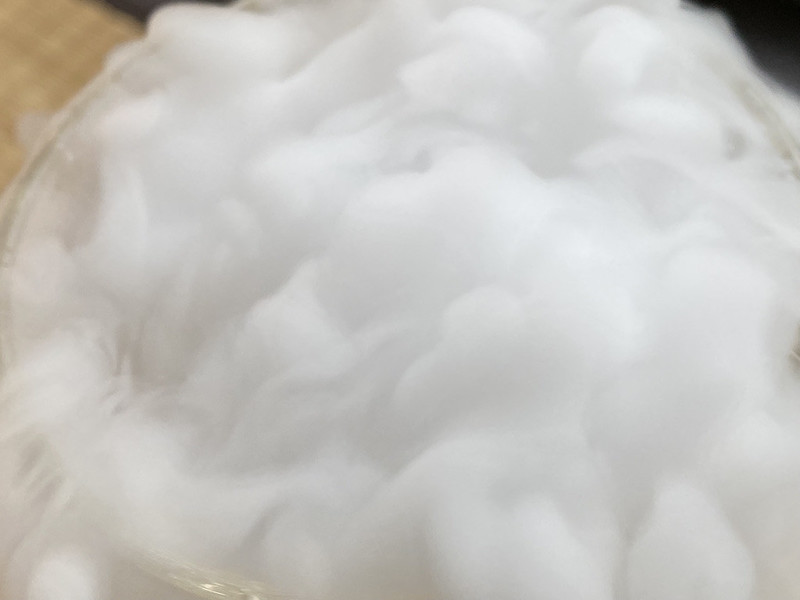Recently I receive a lot of questions from academic side - I am happy that many people study my works. I am answering them as much as I can.
---
• Could you briefly describe one of your favourite projects connected with smells? What were the reasons for using olfaction as a crucial way of perception?
Spatial questions
Invisible White
https://www.ueda.nl/index.php?option=com_content&view=category&layout=blog&id=290&Itemid=836&lang=en
• Did you adapt your work to the space, or did you adjust the space to your work?
Yes and no. It was a collaboration project with an architect. The pavilion was temporarily installed in an office room of an office chair company Okamura
https://www.okamura.co.jp/company/showroom/
https://www.shigotoba.net/okamura_1612_1_letsgoshowroom.html
So the architect came up with an idea constucting a space made only with R(curves). In the process I requested to make 3 inlets and 1 outlet.
• How many visitors could be the public of this project at a time?
1 group.
• What size of the exhibition space did your project need? Leight/length/width?
about 10m x 10m, height 2-3 m.
• Was one room enough? If not, what was the route?
yes.
• What means of smell spreading did you use?
Three different liquid fragrance at 15% solutions in solvents, a mixture of ethanol and DPG.
• Did you use several smells in one exhibition space? If yes, what means of separation did you use?
Yes. I did not separate them. I made use of the natural character of air turbulence that mixes up the fragrances.
Visual questions
• What was the importance of visual perception in your work? Were there special visual conditions of the exhibition space necessary? What kind of interior design was preferable?
No visual perception was preferred, but literary totally darkness was not preferred. To ensure audience move freely in the space, the sense of sight had to be active. So we made a small tiny hole in the end of the construction process. There was a slight natural light coming in from the end of the space to help audience locate themselves.
• Did the amount of light in the space influence the perception of your work?
Totally. BTW this tiny hole (5cm diameter) made somehow a shiny reflection in the space, somehow. It happened without planning. This reflection made the internal air look foggy, so it was a wonder. People asked us if we are making smogs, but we were not. The fragrance was quite invisible. This effect made audience noticing smells better.
Climate questions
• What was the significance of temperature in your project?
Very important. +- 23 degrees I prefer.
• What was the significance of the level of humidity in your project?
Very very important. 50-60 percent I prefer. The museum condition is ideal.
• What was the significance of ventilation in your project?
This was something I did not have much control over, because we had to rely on the ventilation that the office space already had. That is why I made only 1 outlet.
Other senses questions
• What was the importance of other ways of perception in this project? Did you use music? Tactile models?
No, I prefer not.
Advice
• Would you like to give us advice on how to create a comfortable space for the exposure of odours?
That is a difficult question….
Off course a lot of exhaust option is ideal. For example the exhausts are placed in grids and if you can switch on and off one by one, that would give us freedom.
It also needs partitions that seals the space off course. And the space size has to be flexible (sometimes artwork needs only tiny space, and it cannot be placed in any bigger space) so if partitions can be placed anywhere that would be fantastic.
And off course there needs automated door with air curtain(partition) that prevents odour to leak.
Off course temperature and humidity is important.
Cafe, bar, restaurant, WC and ticket counter or something like that have to be somehow outside of these space not to interfere each other.



